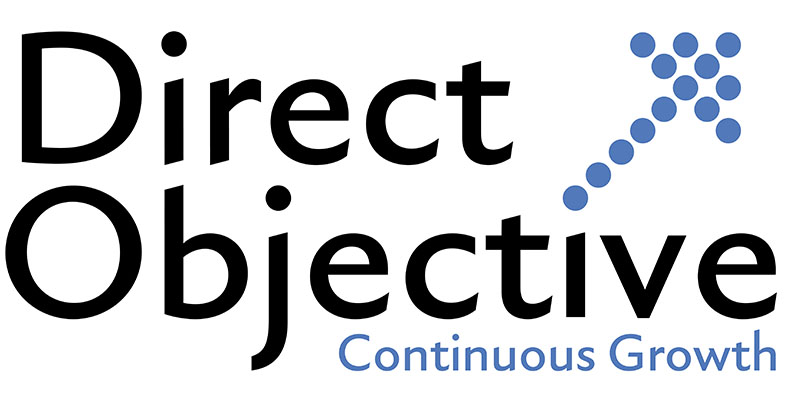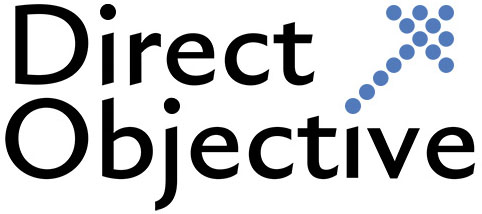If you are implementing new technologies, you must avoid classic AI mistakes in Go-to-Market execution. While GTM AIholds immense potential in marketing, such as better personalization, efficiency, and customer insights, many companies fall into common traps that reduce its effectiveness or even harm the brand. They jump into AI without fully understanding its nuances and requirements, leading to wasted resources, alienated customers, and a damaged reputation.

The good news is that these wrong implementation moves are easy to avoid. This blog explains the top ten mistakes marketers make when implementing AI and how to avoid them.
1. Lack of Clear Objectives

One of the biggest miscalculations marketers make is jumping in without clearly defined goals. Even though it looks otherwise, AI cannot work independently (yet). It needs direction. When teams deploy AI without knowing what they want to achieve, whether it’s lead generation, customer service enhancement, or content optimization, they often end up with underwhelming results and no clear measure of success.
For example, think of the AI chatbots you might have interacted with on a website. Deploying this solution on a platform without a defined purpose would result in a confusing user experience and poor ROI. AI needs to know its end goal: should it capture leads, answer support questions, or direct users to a specific page or service? Clear objectives provide the framework for selecting tools, process flows, and metrics.
2. Poor Data Quality or Quantity
Even AI systems themselves are only as good as the data they’ve been trained on. Hence, feeding AI tools with incomplete, outdated, or biased data can lead to misinformed decisions, flawed customer segmentation, and even reputational risks.
Consider a scenario where a brand uses CRM data that hasn’t been updated for a while. The AI will misclassify or address customers incorrectly, or send irrelevant messages that damage their trust. All this would result in failure to convert prospects into paying customers. Clean, current, and representative data is critical for any AI initiative to succeed.
3. AI Mistakes in Over-Automation: Lost Human Touch

Everyone can agree that AI is great at automating repetitive tasks. However, overly relying on AI-generated contentcan lead to cold, impersonal customer interactions. When every touchpoint, such as emails, chat, and social media posts, is machine-generated, customers will feel like they’re interacting with a robot rather than a brand that understands their real concerns.
Imagine an email campaign that sends a rigid, pre-defined sequence of messages, regardless of how users interact with them. A customer can express frustration or confusion, yet will not receive a tailored response. That’s why human oversight is crucial to earning and maintaining customers’ trust and loyalty, as well as the organic feel in your marketing efforts.
4. Divergence from the Customer Journey
AI tools must be strategically placed along the customer journey to perform. When misaligned (used at the wrong stage or in an irrelevant channel), they create no tangible value, only friction and confusion.
For instance, retargeting users with ads for products they’ve already purchased not only wastes your budget but also annoys them. Clever AI marketing supports and enhances the customer experience, guiding users forward, not in circles.
5. Neglecting Ethical and Privacy Concerns

One of the typical AI mistakes in marketing is crossing ethical lines regarding privacy. Using personal data without clear consent or applying black-box algorithms with no transparency can result in legal challenges and lost customer trust.
For example, a brand might personalize ads using third-party service providers with whom customers have never agreed to share their data. If discovered, this can severely damage the brand reputation and violate regulations. Companies need to thoroughly know and respect the new legislation on the use of AI, such as Canada’s Artificial Intelligence and Data Actand Digital Charter. Ethical AI implementation is transparent, consent-based, and fair.
6. Poor Integration with Legacy Systems
AI needs to be embedded within a cohesive and interconnected marketing ecosystem and not serve as a standalone tool. Marketers who don’t integrate AI with their existing automation platforms, such as CRM, CMS, or analytics tools, will have to deal with broken workflows, inconsistent messaging, and missed opportunities.
For example, consider an AI-based content recommendation engine that suggests entirely irrelevant blog posts to a lead at a particular stage in the sales funnel. If accurate CRM data doesn’t inform the AI tool, it won’t be able to foresee the customer’s needs or analyze changes in requirements. You can easily avoid this AI mistake by ensuring full integration for consistent, personalized experiences.
7. Lack of Human Oversight
AI is powerful but not impeccable. Without human review, AI-generated outputs can go sideways, resulting in tone-deaf, ineffective, incorrect, or even offensive content. Human oversight is essential for refining and correcting AI behaviours.
A classic example is culturally insensitive, tone-deaf, or awkward AI-generated ad copies. Generating content with AI to save time is excellent. Still, if no one monitors the output, negative messages can reach the public and spark backlash, resulting in enormous damage. Humans must remain in the loop to validate and guide AI output before giving the green light.
8. Failure to Train or Upskill Teams

Many companies underestimate the significance of properly educating their teams on AI and how to use it correctly. When marketers lack the skills to interpret or customize its behaviour for specific goals, AI remains underutilized or misguided.
For instance, a team might stick with default settings in an AI-powered email platform despite the platform’s advanced segmentation features. Upskilling your employees means they can move beyond surface-level usage and unlock the full potential.
9. Focusing on Tools, Not Strategy
Everybody wants to boast about using the latest tech. It’s easy to get caught up in the hype and chase the latest tools. Moreover, they won’t make much of a difference without a strong, defined growth strategy. Adopting tools without alignment to broader marketing goals will only lead to more AI mistakes, i.e., scattered efforts and wasted resources.
One example is using generative AI to craft blog posts without considering SEO, customer needs, brand tone, or positioning. This may produce a lot of new content but not many positive results. Remember, AI should serve and reinforce your strategy.
10. Ignoring Performance Monitoring and Feedback Loops

Despite being able to learn over time, AI/Machine Learning still requires ongoing performance tracking and iterative improvements. AI-driven campaigns can easily become stale or ineffective without regular evaluation and feedback loops, as customer behaviour evolves ahead of AI’s learning.
Picture an AI tool trained on last year’s engagement data and never updated on new contexts, products, or demands. Its predictions and recommendations weaken as trends shift, making your brand look outdated. Monitoring performance metrics and refreshing models is essential to keeping AI effective over time.
Key Takeaways: AI Mistakes
Artificial intelligence can supercharge your marketing execution, but only when used correctly. Without clear goals, clean data, human oversight, and strategic alignment, it becomes just another buzzword. Avoiding these AI mistakes ensures your implementation is functional and impactful. Marketers who blend AI’s power with human insight and ethical rigor will be the ones who truly win in the age of intelligent marketing.












